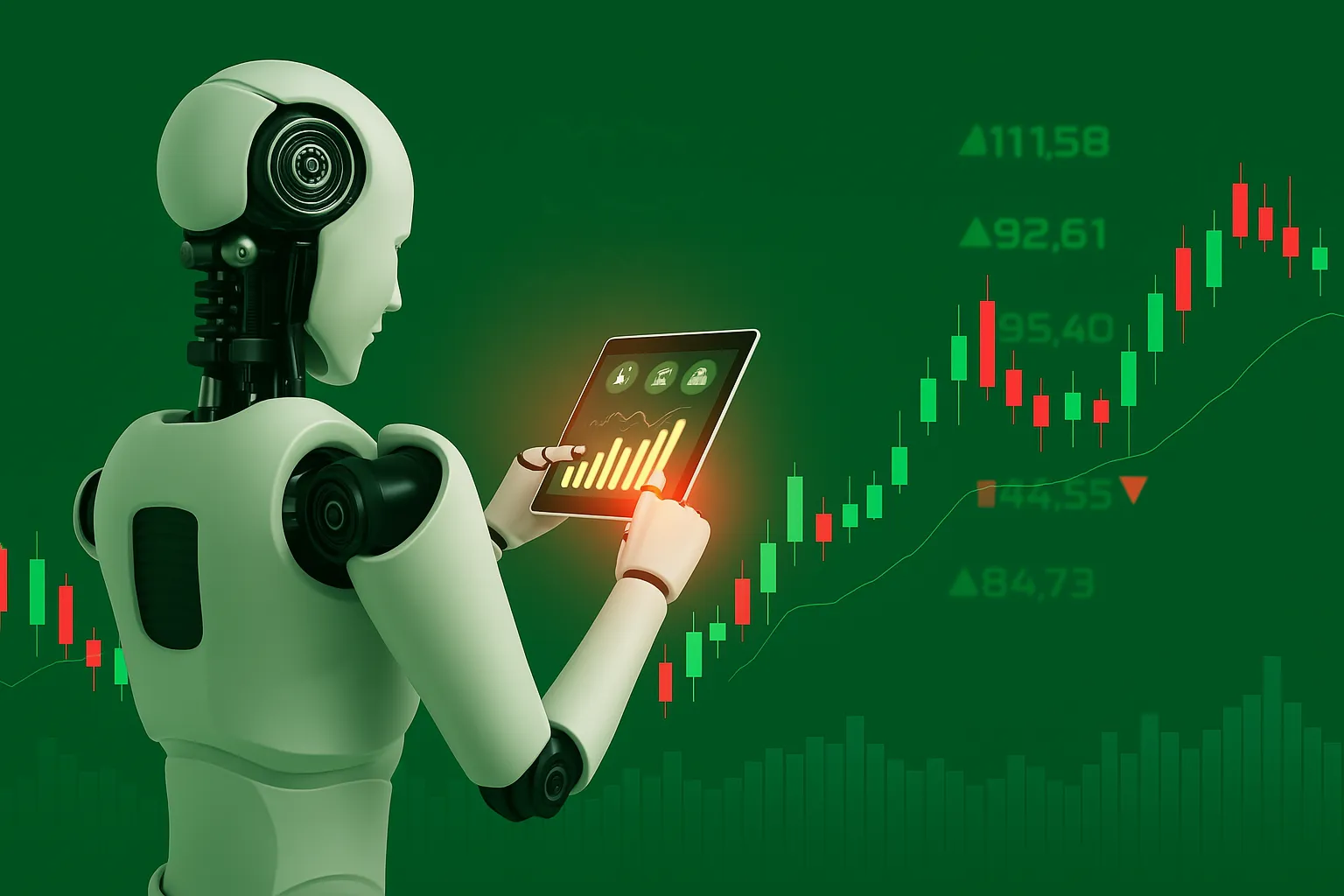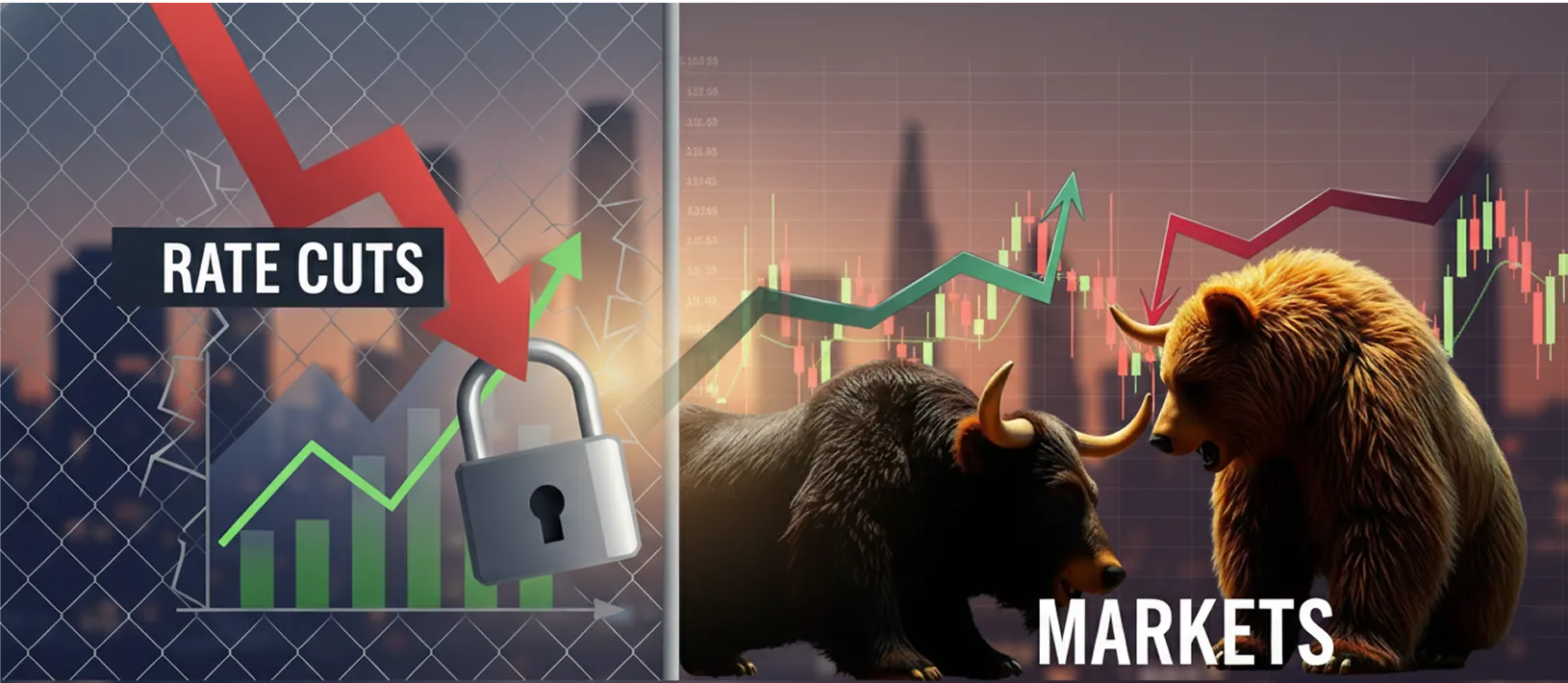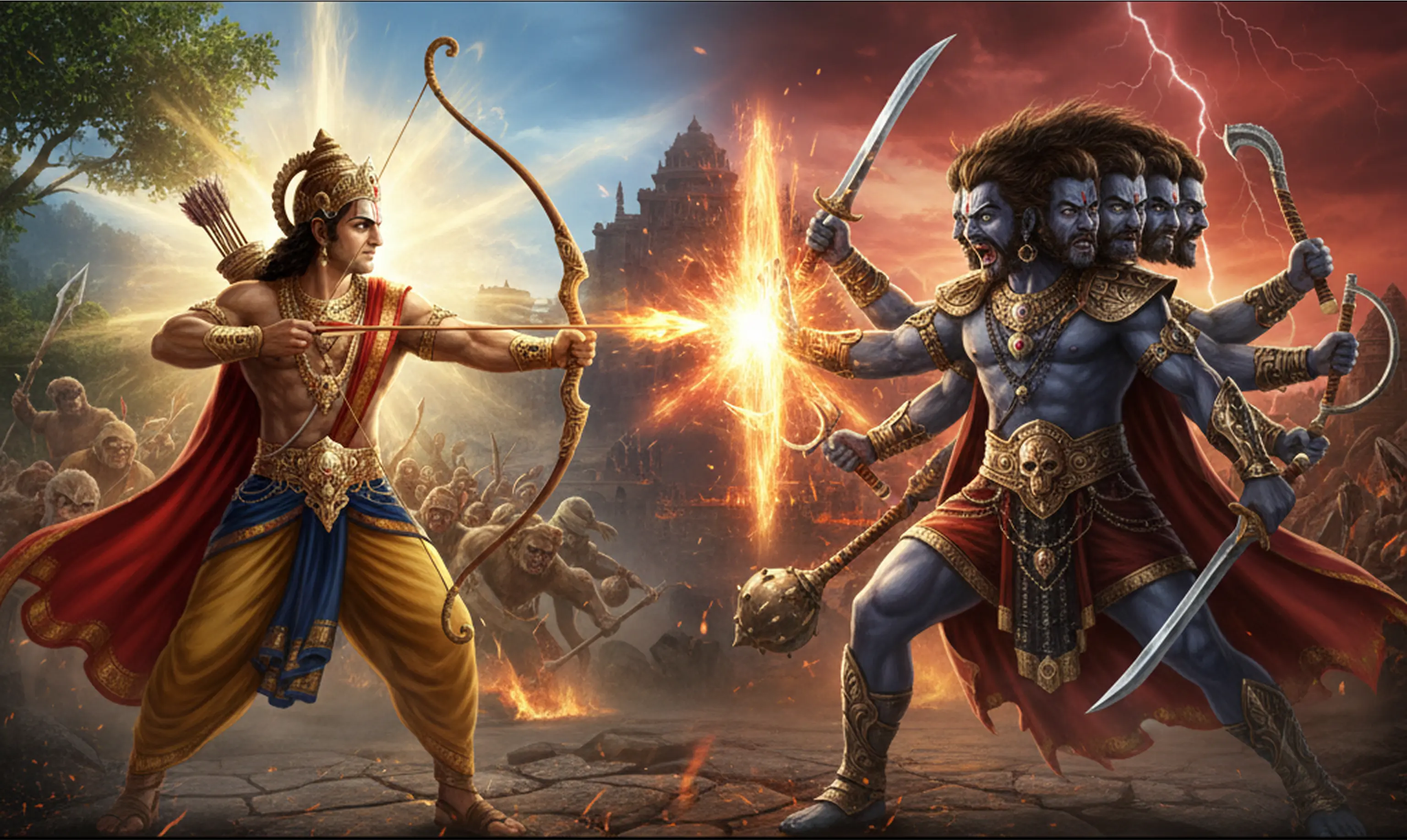At first glance, using Artificial Intelligence (AI) to pick stocks feels like a no-brainer. Feed in a mountain of financial data, news articles, technical charts, and corporate filings, and within seconds, it throws out a shortlist of potential winners. Efficient, fast, and seemingly precise.
But is it truly that simple? Can a machine, no matter how intelligent, fully understand the emotional chaos that often drives the stock market, especially one as sentiment-driven as India’s?
AI’s strength lies undeniably in numbers. Quantitative analysis, pattern recognition, anomaly detection, and correlation mapping are where machine learning thrives. It combs through thousands of data points spanning years of market history, financial reports, interest rate movements, and even social media chatter.
In fact, it has already shown signs of being a powerful predictive tool. Take the 2023 collapse of Silicon Valley Bank (SVB). Several AI models reportedly flagged signs of financial instability, liquidity risks and overexposure to long-term government bonds well before the sudden fall. These were red flags hidden in plain sight, overlooked by many human analysts but detected by cold, calculating algorithms. That’s the benefit of AI: it doesn’t panic, and doesn’t ignore the data.
But here’s the catch: markets don’t run purely on numbers. They run on people.
Nowhere is this more evident than in India. The stock market here often feels like a blockbuster movie release. The trailer drops, fan clubs go wild, and before anyone’s seen the full film, tickets are sold out. The hype builds not on script or direction, but star power and Instagram buzz. That’s how many investors buy stocks, based on glam, not groundwork. And just like some movies flop after a great opening weekend, hype-driven stocks can tumble once reality kicks in.
Consider the IPO frenzy of the past few years. A wave of retail investors poured into newly listed companies not necessarily because of strong financials, but driven by hype and the fear of missing out. Share prices soared, often despite weak fundamentals. WhatsApp forwards, influencer tweets, and casual tips from friends carried more weight than analyst reports.
Behavioural economists studying Indian retail investors find that decisions are frequently driven by fear, greed, and herd mentality. Many chase rising stocks thinking they'll rise forever, or sell in panic during corrections even when there’s no change in company fundamentals. It's not about the right call, but about feeling safe in the crowd.
This is where AI hits a wall. Most machine learning models are built on the assumption of rational behaviour: undervalued stocks will be bought, overvalued ones sold. But human investors don’t always act logically. They hold onto losses longer than they should (loss aversion), sell winning stocks too early (fear of losing gains), and rely heavily on gut feeling.
And while AI is evolving, even sentiment-tracking models have limitations. Some newer systems try to read investor mood using Twitter feeds, news articles, and search trends. But interpreting emotion from text is tricky. Sarcasm, exaggeration, or irony are tough to quantify. A stock might be trending online for the wrong reasons. AI might pick up positive buzz as a buy signal when it’s actually a bubble forming or worse, a joke.
Then there’s the problem of context. AI is trained on historical data. It learns from the past to predict the future. But markets don’t repeat patterns perfectly. What worked in 2019 may not work in a post-COVID world or during an unexpected war or election cycle. Black swan events like the pandemic or geopolitical shocks can render even the best-trained models ineffective. Human judgment, flawed as it may be, can often adapt more intuitively in such situations.
And this is where human analysis truly shines especially in reading the qualitative signs that don’t appear in spreadsheets. A seasoned investor may pick up on cues about a company’s management culture by watching interviews, reading between the lines or speaking to industry insiders. Humans can sense whether a promoter is trustworthy, whether a sector is ripe for disruption, or whether boots-on-the-ground sales are telling a different story than official guidance. These are things no model, no matter how advanced, can reliably do, because they require understanding tone, intent, ethics, and the complexity of context.
Another major concern is transparency. Many advanced AI systems, especially deep learning ones, operate like a black box. They spit out results without offering a clear explanation of the logic behind them. If a human gives you a bad suggestion, you can ask why. With AI, you're often left guessing. That makes trust harder, especially when your money’s on the line.
Let’s revisit SVB. AI models flagged warning signs because they were in the numbers. But the real panic was driven by humans. As news spread, so did fear, amplified by social media. A digital bank run began. AI didn’t see that coming, not because it lacked data, but because it didn’t understand what fear could do in 48 hours. What saved some investors wasn’t a model, it was gut instinct and quick action.
So, should we abandon AI for investing? Not at all.
AI is a powerful ally. It can scan thousands of stocks, spot inconsistencies, detect changes in sentiment, and help automate decisions without emotional fatigue. It’s a tool every modern investor should consider. But it’s just that, a tool. It can design the workout, but it can’t lift the weights for you.
The smartest approach is hybrid: let AI do the heavy lifting: number crunching, screening, and risk alerts, while human investors apply experience, judgment, and contextual understanding. Use algorithms to avoid traps, but trust your insight when for perspective, especially in a market like India’s, where elections, policies, weather, and trending buzz can all move the needle.
At its core, investing is part science, part art. AI is here to support the science. The art, for now, still belongs to humans.
And perhaps that’s a good thing. Because the day AI perfectly predicts the market and every investor wins, well, that’s the day the market stops being a market altogether.
.png)











.svg)
.webp)
.svg)
.svg)
.svg)
.svg)